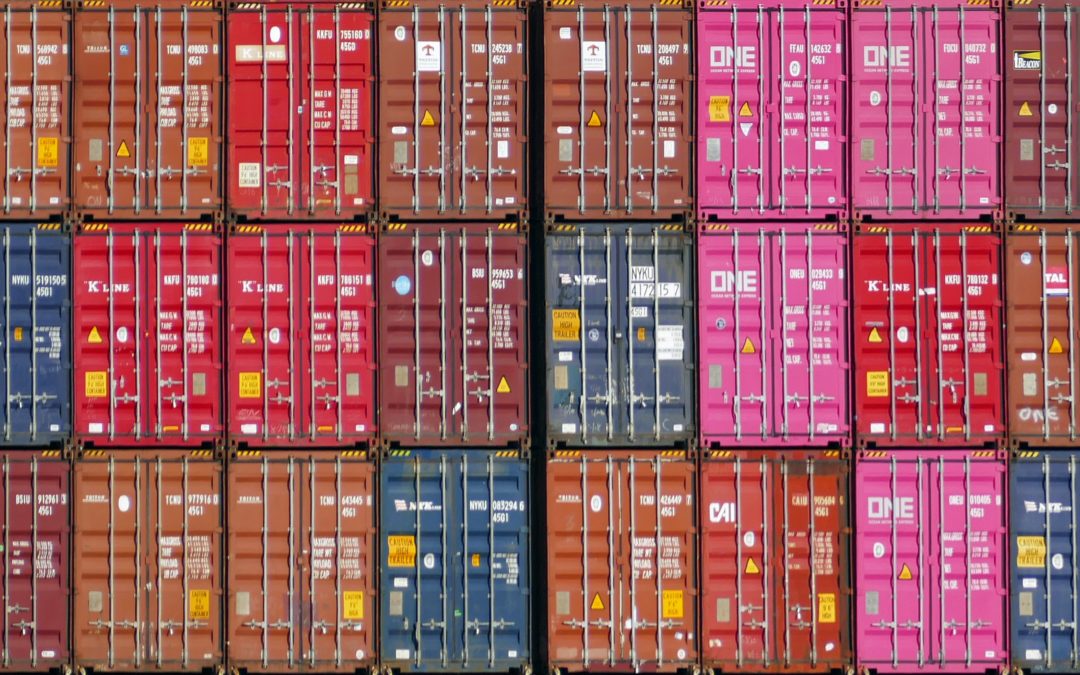The cost of shipping is going up. While you might think that is because of COVID-19, as we’ve discussed previously, this time, it’s for a different reason. As we end out 2020, shipping costs are on the rise due to a global container shortage.
What’s Happening?
In an average year (which 2020 most certainly isn’t), container traffic volume increases between August and October in anticipation of year-end shopping in the US. After the rush dies down, it’s back to normal. But not this year. Right now, as we start December, the traffic volume continues to be higher than normal.
The issue? There aren’t enough containers available to meet the shipping demands. And that is, in turn, driving up costs.
Retailers continue to increase their inventory, perhaps in an effort to prepare for the eventual resurgence in COVID-19 cases. Many furniture and appliance stores found themselves in a pickle last spring and summer as sales continued, yet inventory diminished. It seems they are looking to avoid a similar issue heading in to 2021.
Another Reason for the Container Shortage
As different parts of the world either rebound from or deal with a resurgence of lockdowns and challenges associated with COVID-19, other issues arise. Parts of Asia are back to mostly full strength and, as such, have increased their exports. However, since Europe and the Americas continue to struggle with the pandemic, they’re not sending as much product back the other direction. Because of that, some containers are returning to the east empty—just to meet the container shortage need.
Asian countries just aren’t exporting now, which is causing a huge problem as full containers leave the region, yet nothing comes back.
The Lasting Effects
According to some in the industry, the container shortage will likely last into the first quarter of 2021. And that could mean prices to ship will remain high for a few more months, if not longer. The limited number of shipping containers has led to a spike in shipping rates. In fact, rates have jumped up to 80% for some routes.
Another problem of the container shortage is that companies needing to get their shipments sent are having to be creative in their choices. Therefore, a need for a 40-foot container may result in an actuality of 20-foot containers. While the math certainly works out, the costs double. Terminal handling charges and documentation fees are fixed. If one container costs $300, two would be $600—even if the total space is the same.
Stay Ahead of Shipping Challenges
The state of international shipping is in flux this year, and it appears that it will continue to change in the coming months. That’s one of the big reasons you need a freight forwarder on your side. At Cyclone Shipping, we stay on top of all of our shipments. At times, we’ve had to revise our booking three times or more, but that’s what we do to ensure your products arrive as expected.
Questions about how partnering with a freight forwarder can help you ensure you’re ready to maneuver the current container storage? We’re here to help. Reach out, and we’ll tell you how.




